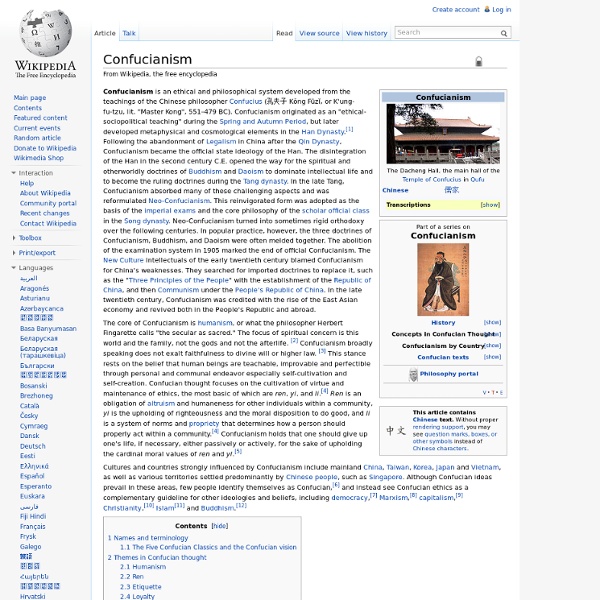



Does God Exist - Six Reasons to Believe that God is Really There - Existence of God - Proof of God By Marilyn Adamson Just once wouldn't you love for someone to simply show you the evidence for God's existence? No arm-twisting. No statements of, "You just have to believe." Well, here is an attempt to candidly offer some of the reasons which suggest that God exists. But first consider this. Many examples showing God's design could be given, possibly with no end. The Earth...its size is perfect. The Earth is located the right distance from the sun. And our moon is the perfect size and distance from the Earth for its gravitational pull. Water...colorless, odorless and without taste, and yet no living thing can survive without it. It has an unusually high boiling point and freezing point. Water is a universal solvent. Water is also chemically neutral. Water has a unique surface tension. Water freezes from the top down and floats, so fish can live in the winter. Ninety-seven percent of the Earth's water is in the oceans. The eye...can distinguish among seven million colors. Why Jesus?
Cult Fiction - Top 10 List - Top Ten List - Top 10 Existential Novels - Fight Club - Journey to the End of the Night - Man's Fate - Steppenwolf - Woman in the Dunes - Nausea - The Trial - Invisible Man - Notes from Underground - The Stranger - Albert Camu Top 10 Existential Novels #10 - FIGHT CLUB [1996] Chuck Palahniuk "It's easy to cry when you realize that everyone you love will reject you or die. On a long enough time line, the survival rate for everyone will drop to zero." #09 - JOURNEY TO THE END OF THE NIGHT [1932] Louis-Ferdinand Celine "The biggest defeat in every department of life is to forget, especially the things that have done you in, and to die without realizing how far people can go in the way of crumminess. #08 - MAN'S FATE [1932] Andre Malraux "The great mystery is not that we should have been thrown down here at random between the profusion of matter and that of the stars; it is that from our very prison we should draw, from our own selves, images powerful enough to deny our own nothingness." #07 - STEPPENWOLF [1928] Hermann Hesse "I believe that the struggle against death, the unconditional and self-willed determination to live, is the motive power behind the lives and activities of all outstanding men."
Alliance | What is an Asatru Kindred By Valgard Murray The Webster's Collegiate Dictionary defines Kindred as: A group of related individuals; Of a similar nature and character; Of the same ancestry. I would agree with that definition, but it is only partly true. The Asatru Kindred is the foundation for the new Asatru Nation, and as such, is the testing ground for the new tribes of our Folk. In the near future, the Kindred will prove to be the living entity that will survive the onslaught of Ragnarok. In ancient times, our people survived as an extended family. During the late Viking Age, and with the coming of Christianity, things changed. To further assert this absolute control over the people, countries were formed. The ties which bound the tribes together common ancestry, religion, heritage and social structures were meaningless in the towns and cities. Today, as Asatru asserts itself, we must learn from the lessons of the past. The History of Asatru Kindreds in Vinland How to Form a Kindred Kindred Activities Conclusion
Twin Vice Paranormal Detectives Chapter 1: Stick, Stock, Stone Dead, a harry potter fanfic A/N: Beta Read by the wonders that are BloodRayne and StringofPearls, and devised with the aid of Caith. Seriously, thank you both so much for all your help! This story is heavily based on folklore and fairytales (which is particularly evident in this chappy). Please visit Olafpriol on Deviantart! Her Fred & George fanart always inspires me to write and any fan of the twins will love her stuff, so get your butts over there ...Er, well after you've read the fic... EDIT: Check my profile page for fanart, movie trailers and gift art related to the story. : ) 'There came a wind out o' the northA sharp wind and a snellA dead sleep it came o'er meAnd frae my horse I fellAnd the Queen o' the Faeries she took meIn yon green hill to dwell Twin Vice Paranormal Detectives Prologue Stick, Stock, Stone Dead oOo "From The Tales of Beedle the Bard," he read, peeling back the yellowed page with a sullen look. 'There are many tales of the Winter Queen, but only one of them is true. "Hang on a minute, Perce..."